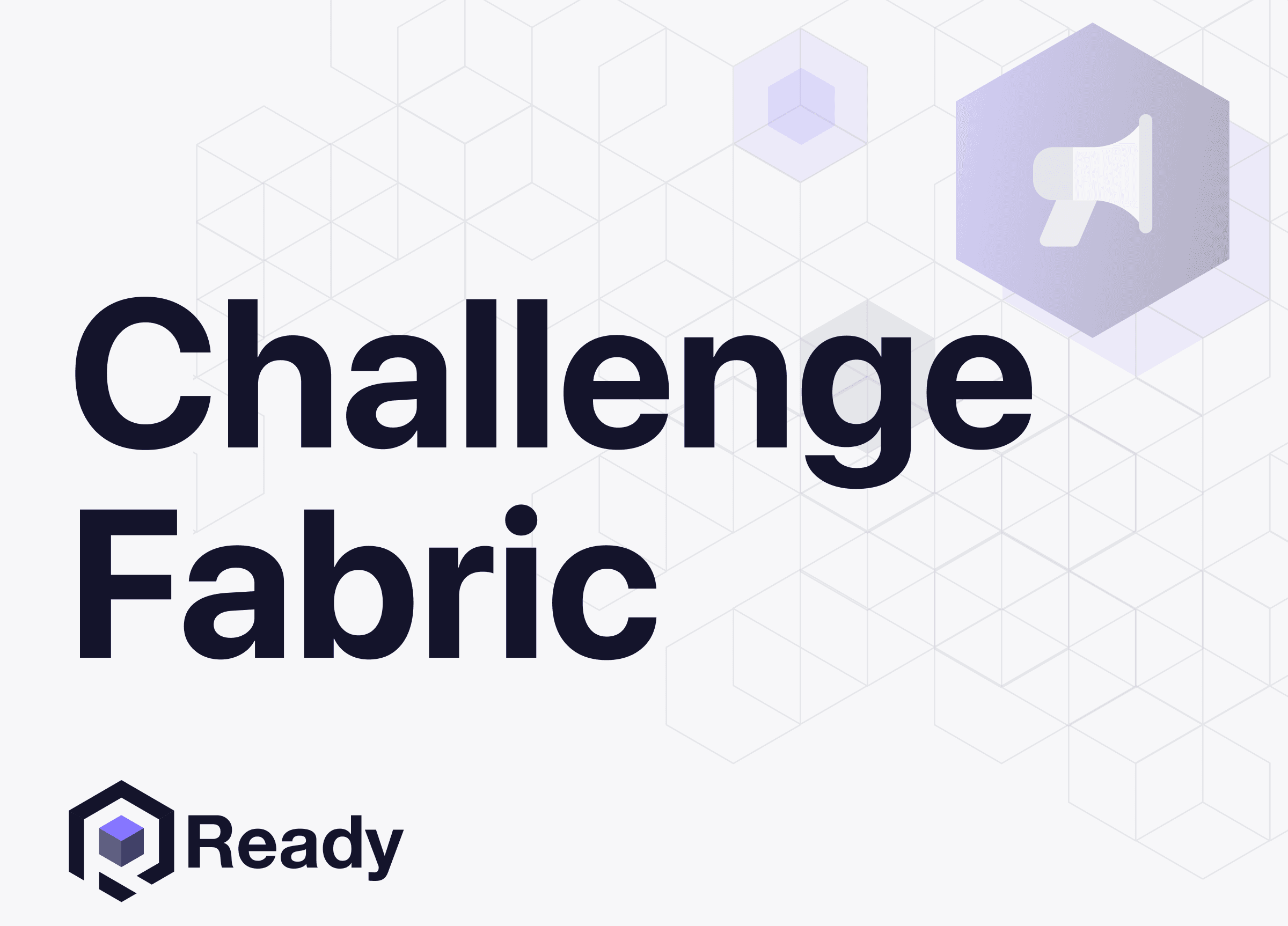
Announcing Serviceable Location-level Insights, Secondary Addresses, and Anchor Institution Data
November 17, 2022
·
2 min read
Challenge Fabric
This is a quick announcement of three key new product features in the cloud-based Ready broadband provider mapping platform, in time for challenging Fabric data and getting ready for BEAD grants:
- Location-level insights
- Secondary addresses
- Anchor institutions
Introducing Location-level Insights
Subscribers can now use Ready’s mapping service to gain demand point-level insights (also known as Broadband Serviceable Locations in FCC / Fabric parlance) into potential new areas of coverage.
As a broadband grant seeker or state broadband office, you’re now able to build detailed analyses of proposal areas at the most precise level possible: individual serviceable locations, as opposed to census block level.

Conduct more accurate analysis and research on where families and other subscribers live and aggregate as many demand points as possible for your BEAD grant application.
Introducing Secondary Addresses
Now the broadband grants mapping platform offers you the ability to count additional demand points located at secondary addresses like apartment buildings.
This is important for BEAD grant applicants because you need to capture the true number of subscribers you aim to serve. The Federal Communications Commission’s fabric map undercounts secondary addresses since it counts multiple dwelling units like apartment buildings as one “broadband serviceable location.”
With broadband.money’s broadband grant mapping platform you can estimate a more accurate demand level within complex multi-dwelling unit situations such as apartment buildings that might house 100 or families – rather than the one that would be counted in the FCC’s fabric. This enables BEAD applicants to apply for and defend a truly reflective share of grants that fund the requisite amount of work that needs to be completed to serve all 100 families.

Map and Engage Anchor Institutions
In IIJA, the White House set a goal of getting “Internet to All.” However, FCC’s Fabric map omits anchor institutions entirely.
That omission is at odds with the intent of the Infrastructure Investment and Jobs Act, which specifically instructs the administration to cover small anchor institutions (like libraries) without gigabit level service.

The platform has you covered: Explore anchor institutions by provider, level of service, and proximity to serviceable broadband locations. The broadband grant mapping platform shows you anchor institutions such as libraries, hospitals, churches and others – in addition to commercial entities in your area.
Enroll now for these tools and many more on your quest to win and defend broadband grants.
Broadband Audits
We've also mapped every local jurisdiction's broadband connectivity profile.
Broadband audits establish the ground truth of America's broadband reality. Each broadband audit tracks crucial data ranging from internet speeds and broadband coverage to demographic and spatial information for a given place.
Discover unserved and underserved broadband areas at the state, city, county, and tribal community level. Use this as an alternative to Fabric to win and defend your fair share of the largest ever broadband grant funding program in history.

